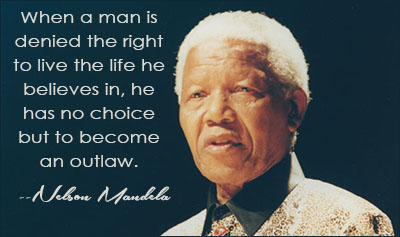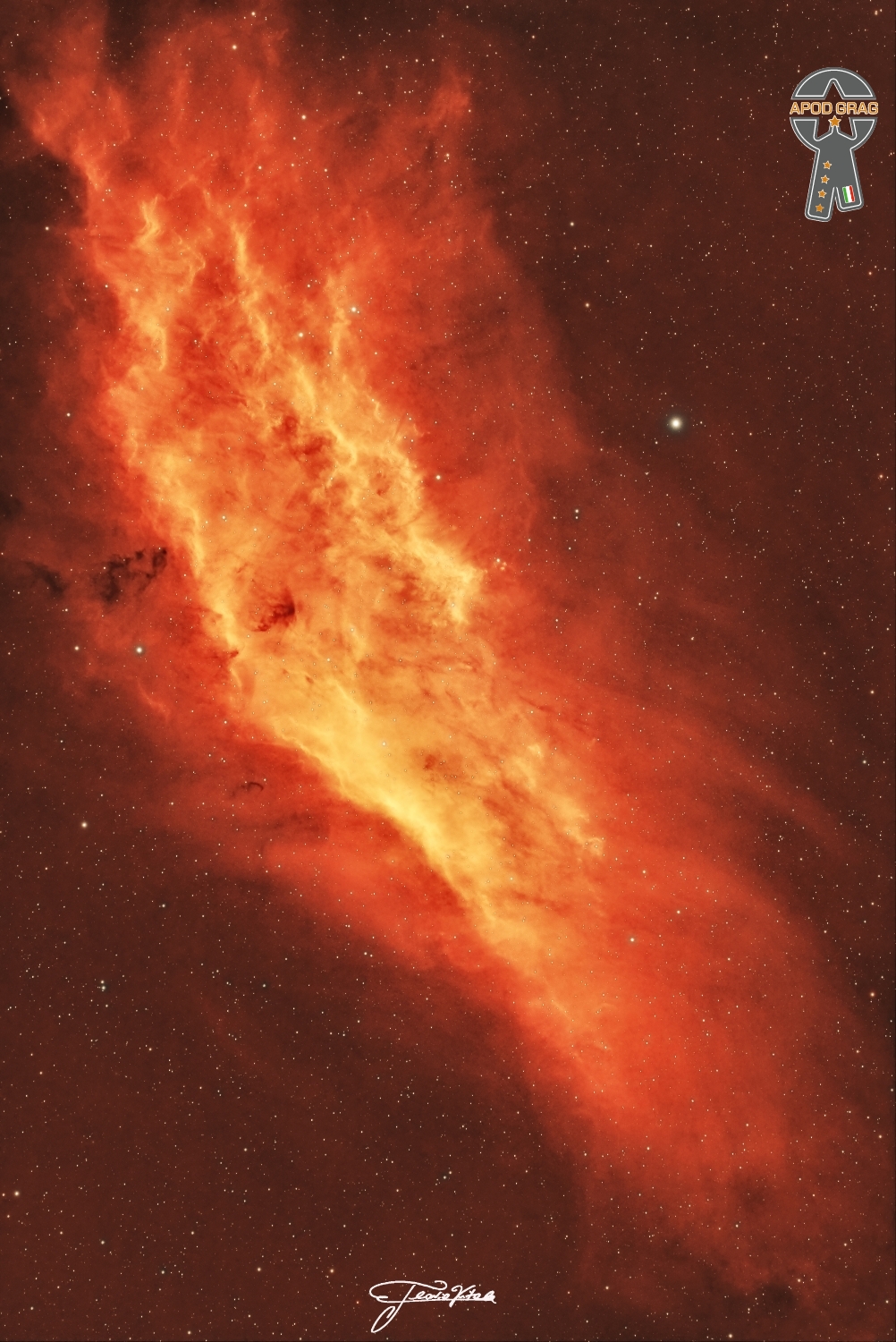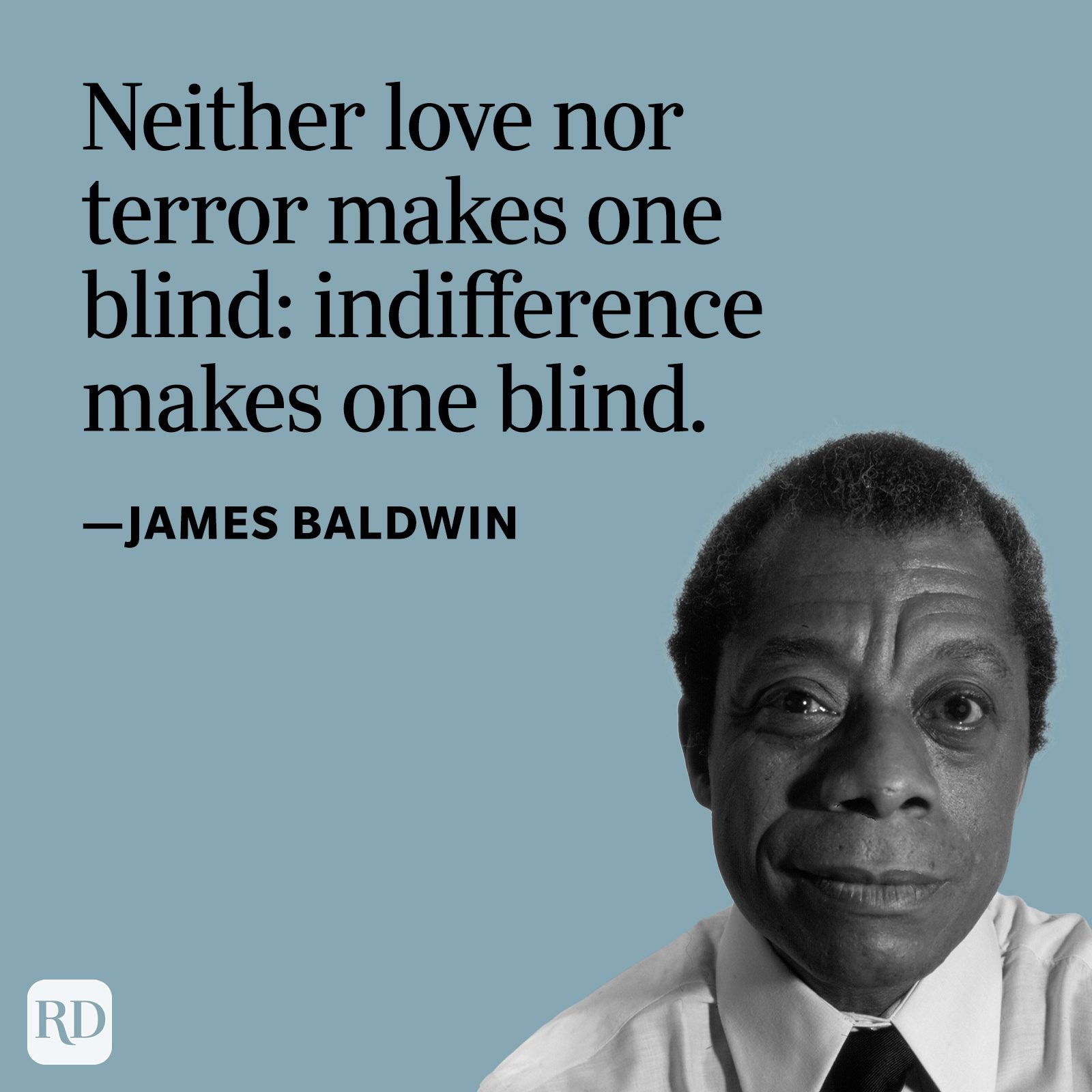Blog
James Robert Wills (March 6, 1905 – May 13, 1975) was an American Western swing musician, songwriter, and bandleader. Considered by music authorities as the founder of Western swing, he was known widely as the King of Western Swing (although Spade Cooley self-promoted the moniker “King of Western Swing” from 1942 to 1969).
Wills formed several bands and played radio stations around the South and West until he formed the Texas Playboys in 1934 with Wills on fiddle, Tommy Duncan on piano and vocals, rhythm guitarist June Whalin, tenor banjoist Johnnie Lee Wills, and Kermit Whalin who played steel guitar and bass. Oklahoma guitar player Eldon Shamblin joined the band in 1937 bringing jazzy influence and arrangements. The band played regularly on Tulsa, Oklahoma, radio station KVOO and added Leon McAuliffe on steel guitar, pianist Al Stricklin, drummer Smokey Dacus, and a horn section that expanded the band’s sound. Wills favored jazz-like arrangements and the band found national popularity into the 1940s with such hits as “Steel Guitar Rag“, “San Antonio Rose“, “Smoke on the Water“, “Stars and Stripes on Iwo Jima“, and “New Spanish Two Step“.
Wills and the Texas Playboys recorded with several publishers and companies, including Vocalion, Okeh, Columbia, and MGM. In 1950, Wills had two top 10 hits, “Ida Red likes the Boogie” and “Faded Love“, which were his last hits for a decade. Throughout the 1950s, he struggled with poor health and tenuous finances. He continued to perform frequently despite a decline in the popularity of his earlier hit songs, and the growing popularity of rock and roll. Wills had a heart attack in 1962, and a second one the next year, which forced him to disband the Texas Playboys. Wills continued to perform solo.
The Country Music Hall of Fame inducted Wills in 1968 and the Texas State Legislature honored him for his contribution to American music.
In 1972, Wills accepted a citation from the American Society of Composers, Authors and Publishers in Nashville. He recorded an album with fan Merle Haggard in 1973. Wills suffered two strokes that left him partially paralyzed, and unable to communicate. He was comatose the last two months of his life, and died in a Fort Worth nursing home in 1975. The Rock and Roll Hall of Fame inducted Wills and the Texas Playboys in 1999.
more...ohn Leslie “Wes” Montgomery (March 6, 1923 – June 15, 1968) was an American jazz guitarist.Montgomery was known for his unusual technique of plucking the strings with the side of his thumb, and for his extensive use of octaves, which gave him a distinctive sound.
Montgomery often worked with his brothers Buddy (Charles F.) and Monk (William H.) and with organist Melvin Rhyne. His recordings up to 1965 were oriented towards hard bop, soul jazz, and post bop, but around 1965 he began recording more pop-oriented instrumental albums that found mainstream success. His later guitar style influenced jazz fusion and smooth jazz.
Montgomery was born in Indianapolis, Indiana. According to NPR, the nickname “Wes” was a child’s abbreviation of his middle name, Leslie. The family was large, and the parents split up early in the lives of the children. Montgomery and his brothers moved to Columbus, Ohio, with their father and attended Champion High School. His older brother Monk dropped out of school to sell coal and ice, gradually saving enough money to buy his brother Wes a four-string tenor guitar from a pawn shop in 1935. Although Montgomery spent many hours with the guitar, he recounted this time later in life, saying he had to start over when he got his first six-string several years later. Montgomery died of a heart attack on June 15, 1968, while at home in Indianapolis. He was 45 years old.
more...more...The California Nebula (NGC1499/Sh2-220) is an emission nebula located in the constellation Perseus. Its name comes from its resemblance to the outline of the USState of California in long exposure photographs. It is almost 2.5° long on the sky and, because of its very low surface brightness, it is extremely difficult to observe visually. It can be observed with a Hα filter (isolates the Hα line at 656 nm) or Hβ filter (isolates the Hβ line at 486 nm) in a rich-field telescopeunder dark skies. It lies at a distance of about 1,000 light yearsfrom Earth. Its fluorescence is due to excitation of the Hβ line in the nebula by the nearby prodigiously energetic O7 star, Xi Persei (also known as Menkib.
Edmond Montague Grant (born 5 March 1948) is a Guyanese-British singer, songwriter and multi-instrumentalist, known for his genre-blending sound; his music has blended elements of pop, British rock, soul, funk, reggae, electronic music, African polyrhythms, and Latin music genres such as samba, among many others. In addition to this, he also helped to pioneer the genre of “Ringbang“. He was a founding member of the Equals, one of the United Kingdom’s first racially-mixed pop groups who are best remembered for their million-selling UK chart-topper, the Grant-penned “Baby, Come Back“.
more...Gene Rodgers (March 5, 1910, New York City – October 23, 1987, New York City) was an American jazzpianist, composer, and arranger. He is best known for being the pianist on Coleman Hawkins‘ famous 1939 recording of “Body and Soul“.
Born Eugene Ricardo Rodgers Jr, the eldest child of Eugene Ricardo Rodgers Sr (aka Eugene Richard Rodgers), and his wife Blanche Bona Cabey (both of whom were born in what was then the Danish West Indies / Danish Antilles, later the American Virgin Islands), he was named for his father. Gene had three younger siblings, Mildred (1914), Rowland (1918), and Genevieve (1920).
more...Louis A. “Lou” Levy (March 5, 1928 – January 23, 2001) was an American jazz pianist.
Levy was born to Jewish parents in Chicago, Illinois, United States, and start to play the piano aged twelve. His chief influences were Art Tatum and Bud Powell.
A professional at age nineteen, Levy played with Georgie Auld (1947 and later), Sarah Vaughan, Chubby Jackson (1947–1948), Boyd Raeburn, Woody Herman’s Second Herd (1948–1950), Tommy Dorsey (1950) and Flip Phillips. Levy left music for a few years in the early 1950s and then returned to gain a strong reputation as an accompanist to singers, working with Peggy Lee (1955–1973), Ella Fitzgerald (1957–1962), June Christy, Anita O’Day and Pinky Winters. Levy also played with Dizzy Gillespie, Shorty Rogers, Stan Getz, Terry Gibbs, Benny Goodman, Supersax and most of the major West Coast players. Levy recorded as a leader for Nocturne (1954), RCA, Jubilee, Philips, Interplay (1977), and Verve.
Levy died of a heart attack in Dana Point, California at the age of 72.
https://www.youtube.com/watch?v=IA_JHsw0lCo&list=PL0q2VleZJVEnuaMSb_sO9FUmVxVzI_mvV
more...J. B. Lenoir (/ləˈnɔːr/ luh-NORR; March 5, 1929 – April 29, 1967) was an American blues guitarist and singer-songwriter, active in the Chicago blues scene in the 1950s and 1960s.
Lenoir was born in Monticello, Mississippi. His full given name was simply “J. B.”; the letters were not initials. Lenoir’s guitar-playing father introduced him to the music of Blind Lemon Jefferson, which became a major influence. During the early 1940s, Lenoir worked with the blues artists Sonny Boy Williamson II and Elmore James in New Orleans. He was later influenced by Arthur Crudup and Lightnin’ Hopkins.
In 1949, he moved to Chicago, where Big Bill Broonzy helped introduce him to the blues community. He began to perform at local nightclubs, with musicians such as Memphis Minnie, Big Maceo Merriweather, and Muddy Waters, and became an important part of the city’s blues scene. He began recording in 1951 for J.O.B. Records and Chess Records. His recording of “Korea Blues” was licensed to and released by Chess, as having been performed by J. B. and his Bayou Boys. His band included the pianist Sunnyland Slim, the guitarist Leroy Foster, and the drummer Alfred Wallace.
During the 1950s Lenoir recorded for various record labels in the Chicago area, including J.O.B., Chess, Parrot, and Checker. His more successful songs included “Let’s Roll,” “The Mojo” (featuring saxophonist J. T. Brown) and the controversial “Eisenhower Blues,” which Parrot Records forced him to re-record as “Tax Paying Blues.
more...NOTABLE SESSION MUSICIAN David Lindley, a multi-instrumentalist known for his prolific work and collaborations throughout the Seventies and Eighties, has died at age 78, Rolling Stone confirmed. No cause of death was given.
An active musician since the Sixties, Lindley was a popular session musician whose skillset when it came to playing string instruments like the fiddle and guitar made him a must-have collaborator for artists like Jackson Browne, Dolly Parton, Bob Dylan, Bruce Springsteen, Toto, Rod Stewart, and Joe Walsh.
“The loss of David Lindley is a huge one,” singer Jason Isbell wrote on Twitter. “Without his influence my music would sound completely different. I was genuinely obsessed with his playing from the first time I heard it. The man was a giant.”
Graham Nash also took to social media to pay tribute to Lindley on Friday. “One of the most talented musicians there has ever been,” Nash wrote. “David could play pretty much any instrument you put in front of him with incredible versatility and expression.”
more...Chandra X-ray Observatory teamed up with the Webb telescope to create a new stunning composite image of the Tarantula Nebula. Chandra’s X-rays (shown in royal blue and purple) identify extremely hot gas and supernova explosion remnants, while Webb reveals forming baby stars.
Unlike most nebulas in our Milky Way, the Tarantula Nebula has a chemical composition similar to that of conditions in our galaxy several billion years ago — when star formation was at its peak. For astronomers, this nebula is the perfect window into how stars formed in our galaxy in the distant past.

Jan Garbarek (born 4 March 1947) is a Norwegian jazzsaxophonist, who is also active in classical music and world music.
Garbarek was born in Mysen, Østfold, southeastern Norway, the only child of a former Polish prisoner of war, Czesław Garbarek, and a Norwegian farmer’s daughter. He grew up in Oslo, stateless until the age of seven, as there was no automatic grant of citizenship in Norway at the time. When he was 21, he married the author Vigdis Garbarek. He is the father of musician and composer Anja Garbarek.
more...Antonio Lucio Vivaldi (4 March 1678 – 28 July 1741) was a Venetian composer, virtuoso violinist and impresario of Baroque music. Along with Johann Sebastian Bach and Georg Frideric Handel, Vivaldi is regarded as one of the greatest Baroque composers and his influence during his lifetime was widespread across Europe, giving origin to many imitators and admirers. He pioneered many developments in orchestration, violin technique and programmatic music. He consolidated the emerging concerto form into a widely accepted and followed idiom, which was paramount in the development of Johann Sebastian Bach‘s instrumental music.
Vivaldi composed many instrumental concertos, for the violin and a variety of other musical instruments, as well as sacred choral works and more than fifty operas. His best-known work is a series of violin concertosknown as the Four Seasons. Many of his compositions were written for the all-female music ensemble of the Ospedale della Pietà, a home for abandoned children. Vivaldi began studying for the priesthood at the age of 15 and was ordained at 25, but was given dispensation to no longer say public Masses due to a health problem. Vivaldi also had some success with expensive stagings of his operas in Venice, Mantua and Vienna. After meeting the Emperor Charles VI, Vivaldi moved to Vienna, hoping for royal support. However, the Emperor died soon after Vivaldi’s arrival, and Vivaldi himself died in poverty less than a year later.
After almost two centuries of decline, Vivaldi’s musical reputation underwent a revival in the early 20th century, with much scholarly research devoted to his work. Many of Vivaldi’s compositions, once thought lost, have been rediscovered – in one case as recently as 2006. His music remains widely popular in the present day and is regularly played all over the world.
more...Willie Johnson (March 4, 1923 – February 26, 1995) was an American electric blues guitarist. He is best known as the principal guitarist in Howlin’ Wolf‘s band from 1948 to 1953. His raucous, distorted guitar playing is prominent on Howlin’ Wolf’s Memphis recordings during 1951–1953, including the hit song “How Many More Years” (recorded May 1951).
In 2017, Johnson was posthumously inducted in to the Blues Hall of Fame.
Willie Lee Johnson was born in Senatobia, Mississippi. As the guitarist in the first band led by Howlin’ Wolf, he appeared on most of Wolf’s recordings between 1951 and 1953. He provided the slightly jazzy yet raucous guitar sound that was the signature of all of Wolf’s Memphis recordings. Johnson also performed and recorded with other blues artists in the Memphis area, including pianist Willie Love, Willie Nix, Junior Parker, Roscoe Gordon, Bobby “Blue” Bland and others
more...Zenzile Miriam Makeba (4 March 1932 – 9 November 2008), nicknamed Mama Africa, was a South African singer, songwriter, actress, and civil rights activist. Associated with musical genres including Afropop, jazz, and world music, she was an advocate against apartheid and white-minority government in South Africa.
Born in Johannesburg to Swazi and Xhosa parents, Makeba was forced to find employment as a child after the death of her father. She had a brief and allegedly abusive first marriage at the age of 17, gave birth to her only child in 1950, and survived breast cancer. Her vocal talent had been recognized when she was a child, and she began singing professionally in the 1950s, with the Cuban Brothers, the Manhattan Brothers, and an all-woman group, the Skylarks, performing a mixture of jazz, traditional African melodies, and Western popular music. In 1959, Makeba had a brief role in the anti-apartheid film Come Back, Africa, which brought her international attention, and led to her performing in Venice, London, and New York City. In London, she met the American singer Harry Belafonte, who became a mentor and colleague. She moved to New York City, where she became immediately popular, and recorded her first solo album in 1960. Her attempt to return to South Africa that year for her mother’s funeral was prevented by the country’s government.
Makeba’s career flourished in the United States, and she released several albums and songs, her most popular being “Pata Pata” (1967). Along with Belafonte, she received a Grammy Award for Best Folk Recording for her 1965 album An Evening with Belafonte/Makeba. She testified against the South African government at the United Nations and became involved in the civil rights movement. She married Stokely Carmichael, a leader of the Black Panther Party, in 1968. As a result, she lost support among white Americans. Her visa was revoked by the US government when she was traveling abroad, forcing her and Carmichael to relocate to Guinea. She continued to perform, mostly in African countries, including at several independence celebrations. She began to write and perform music more explicitly critical of apartheid; the 1977 song “Soweto Blues“, written by her former husband Hugh Masekela, was about the Soweto uprising. After apartheid was dismantled in 1990, Makeba returned to South Africa. She continued recording and performing, including a 1991 album with Nina Simone and Dizzy Gillespie, and appeared in the 1992 film Sarafina!. She was named an FAO Goodwill Ambassador in 1999, and campaigned for humanitarian causes. She died of a heart attack during a 2008 concert in Italy.
Makeba was among the first African musicians to receive worldwide recognition. She brought African music to a Western audience, and popularized the world music and Afropop genres. She also made popular several songs critical of apartheid, and became a symbol of opposition to the system, particularly after her right to return was revoked. Upon her death, former South African President Nelson Mandela said that “her music inspired a powerful sense of hope in all of us.”
more...More Posts
- Daily Roots Norris Reid
- Meet You At The Crossroads
- MAYDAY Parade, Ceremony and Festival 2025
- Anne Frank 1943
- Pope Francis Memorial
- Happy Groundation Day 2025
- Michael Franti
- Cosmo NGC 346
- Doug MacLeod
- Pee Wee Ellis
- Slide Hampton
- Mundell Lowe
- World Music I Zefirelli
- Daily Roots The Viceroys
- Happy Easter 2025
- Cosmo M42
- Tim Drummond
- Tito Puente
- Lionel Hampton
- World Music Fairuz


